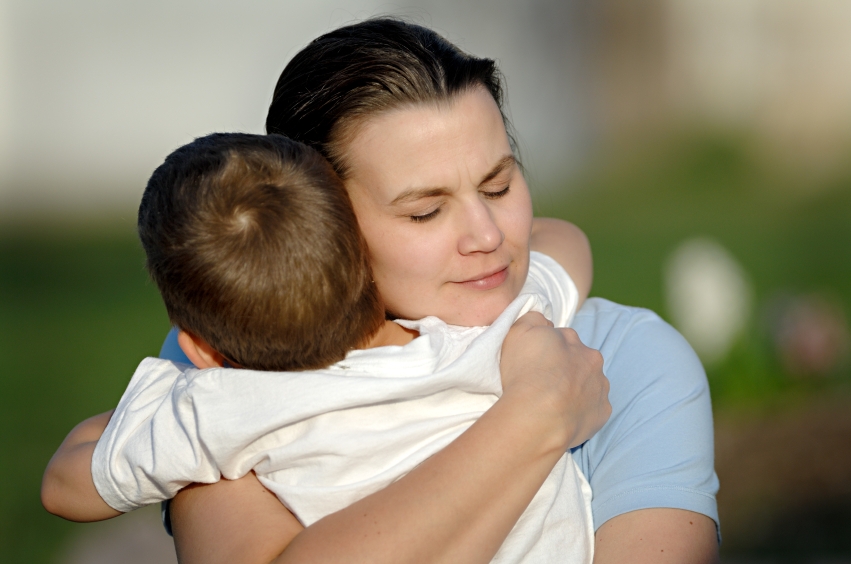Every year, around 10,000 children are affected with cerebral palsy. This is a condition that results from a birth injury, in some cases, and that affects approximately 764,000 people in the United States. Being affected is defined as suffering at least one symptom of cerebral palsy in calculating this figure, according to the advocacy organization United Cerebral Palsy.
Different Types
Dyskinetic cerebral palsy — also called Athetoid cerebral palsy, causes uncontrollable movement in the sufferer. The movements are slow and sustained. Ataxic cerebral palsy affects balance to a great extent. The type of cerebral palsy your child is diagnosed with will determine the treatments and assistive devices they need.
Cerebral palsy stems from damage to the brain. The damage can occur before, during, or after the birthing process. What part of the brain is damaged and how determines the symptoms the sufferer endures. Each different type can be suffered to a varying degree, as well, and some people have more than one form of cerebral palsy at the same time.
Assistance
The control of the muscles is compromised in some sufferers to an extent that prevents them from being able to take care of themselves in many regards. They may be unable to open and close doors, get up stairways without help, and so forth. Other sufferers end up on crutches and can walk around pretty well; others even end up running marathons. There is tremendous variation in how much individuals are affected by this disorder.
If you’re interested in getting help learning how to be a parent with a child with Cerebral Palsy, there are plenty of organizations that you can contact. United Cerebral Palsy has great information on this. You can also go to organizations such as the Centers for Disease Control to learn more general information about the disorder. This is a complex condition, so there is usually more to learn, even for parents helping a child deal with the condition for many years.
Some cases of cerebral palsy are the direct result of medical negligence. If you believe this was the case in your child coming down with this condition, you should contact a lawyer to discuss the possibility of filing a lawsuit. Some excellent lawyers work on contingency and have a lot of experience working on these cases.

